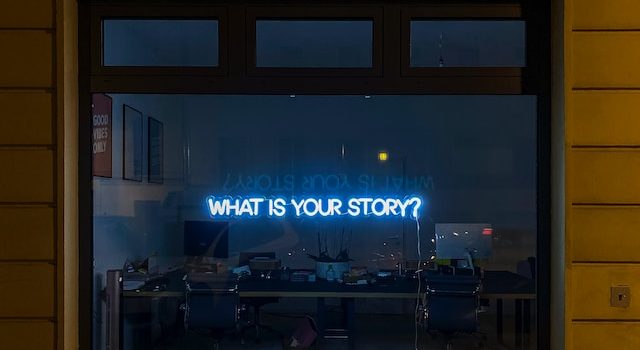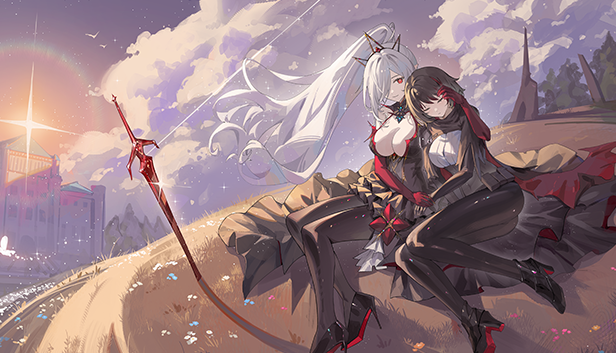
Introduction
American literature has come a long way since the days of Nathaniel Hawthorne and Herman Melville. Today, we see a new era of storytelling that reflects modern themes and perspectives. From dystopian societies to LGBTQ+ identities, American authors are exploring new territories in their works. As we delve into the world of contemporary American literature, let’s take a closer look at the themes that define this genre and what they mean for our culture today. Join us on this journey as we explore the complexities and nuances of modern storytelling in American Literature!
Themes in American Literature Today
American literature is constantly evolving, reflecting the ever-changing landscape of society. In recent years, there has been a shift towards exploring themes that are relevant to contemporary issues and challenges.
One such theme is social justice. Literature today seeks to shed light on the injustices faced by marginalized groups, including minorities and women. This can be seen in works like “The Hate U Give” by Angie Thomas, which explores police brutality against black people.
Another popular theme in modern American literature is mental health. Many authors are now delving into topics like anxiety, depression, and addiction with great sensitivity and depth. These books help break down stigmas around mental illness while allowing readers to empathize with those who struggle with these issues.
Climate change is also a prevalent theme in modern American literature. With global warming becoming an increasingly urgent issue, writers are using their platform to raise awareness about this crucial topic through fiction and non-fiction alike.
Identity continues to be a vital theme explored in contemporary American literature. As diverse voices become more prominent within the literary world, stories that highlight different experiences based on race, gender identity or sexual orientation have emerged as important contributions for our understanding of diversity.
Modern Myths in American Literature
Modern myths in American literature are often used to reflect current societal issues and beliefs. These myths can be seen as the new tales that shape America’s cultural identity, serving as a way for authors to comment on contemporary themes.
One example of modern myth-making can be found in the works of Neil Gaiman. His novel “American Gods” explores the idea that gods exist because people believe in them, making them very real entities with immense power. This concept is particularly relevant today when considering how people still hold onto their religious beliefs despite growing secularism.
Another modern myth that has gained popularity is the superhero narrative. Superheroes like Spiderman or Captain America have become symbols of hope and justice, embodying timeless ideals such as bravery and selflessness.
Moreover, dystopian fiction has also contributed to modern myth-making by examining future worlds where societies have collapsed due to governmental oppression or natural disasters. Books like “The Hunger Games” trilogy by Suzanne Collins present a bleak yet gripping view into what could happen if society continues down its current path towards conflict and inequality.
Modern myths serve not only as entertainment but also act as mirrors reflecting our values back at us through storytelling techniques. They create an imaginary world where readers can escape from reality while providing insights into our own lives and times.
Perspectives on the Future of American Literature
As American literature continues to evolve and expand, many wonder what the future holds. While it’s impossible to predict with certainty, there are a few potential directions that literature may take in the coming years.
One possibility is an increased focus on diverse voices and perspectives. As our society becomes more inclusive and aware of underrepresented groups, it only makes sense that literature would reflect these changes. We may see more works by authors from different backgrounds, exploring themes such as race, gender identity, and sexuality.
Another trend could be a continued blending of genres. Writers have always drawn inspiration from various sources – think of how many books are classified as “historical fiction” or “mystery.” In the future, we may see even more experimentation with genre-bending techniques.
Technology will likely play a role in shaping the future of American literature. E-books and audiobooks have already disrupted traditional publishing models; who knows what other innovations might come along? Virtual reality storytelling experiences? Interactive novels that allow readers to choose their own paths?
Whatever form it takes in the years ahead, one thing is certain: American literature will continue to captivate audiences around the world with its unique stories and perspectives.
Conclusion
To sum up, American literature has come a long way since its inception. Today’s writers are exploring modern themes that reflect society and the times we live in. The prevalence of social media, technology and global issues have influenced our stories and challenged old norms.
The rise of diverse voices also reflects a shift towards inclusivity and representation, paving the way for new perspectives in storytelling. As readers, we benefit from this variety of narratives that broaden our understanding of the world around us.
It is clear that American literature will continue to evolve as we face new challenges and experiences as a society. With each passing year, more stories are told, inspiring future generations to create their own myths and legends.
As readers, let us embrace these modern themes in American literature with an open mind and heart. Let us celebrate diversity while acknowledging our differences. Together, we can shape a brighter future through the power of storytelling!










